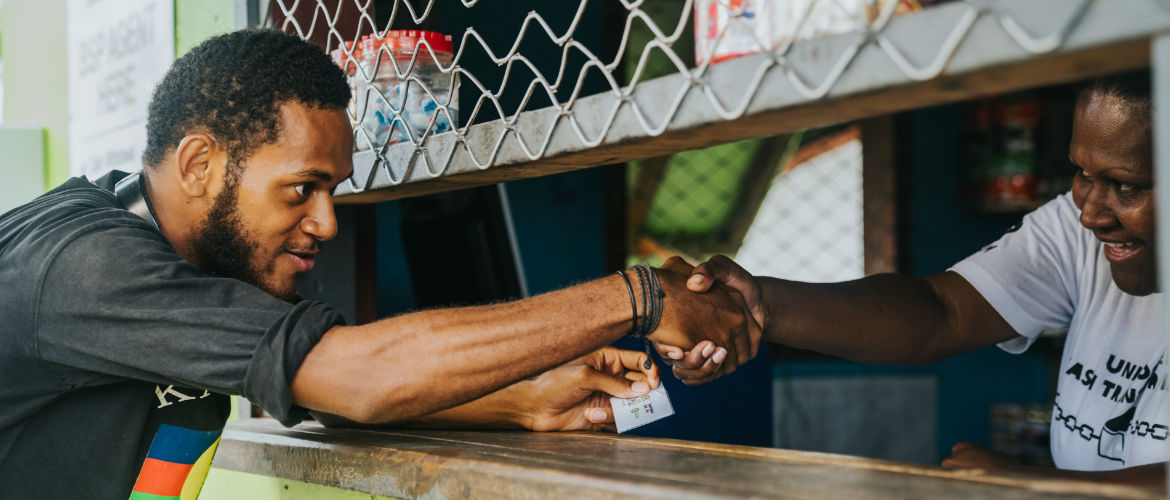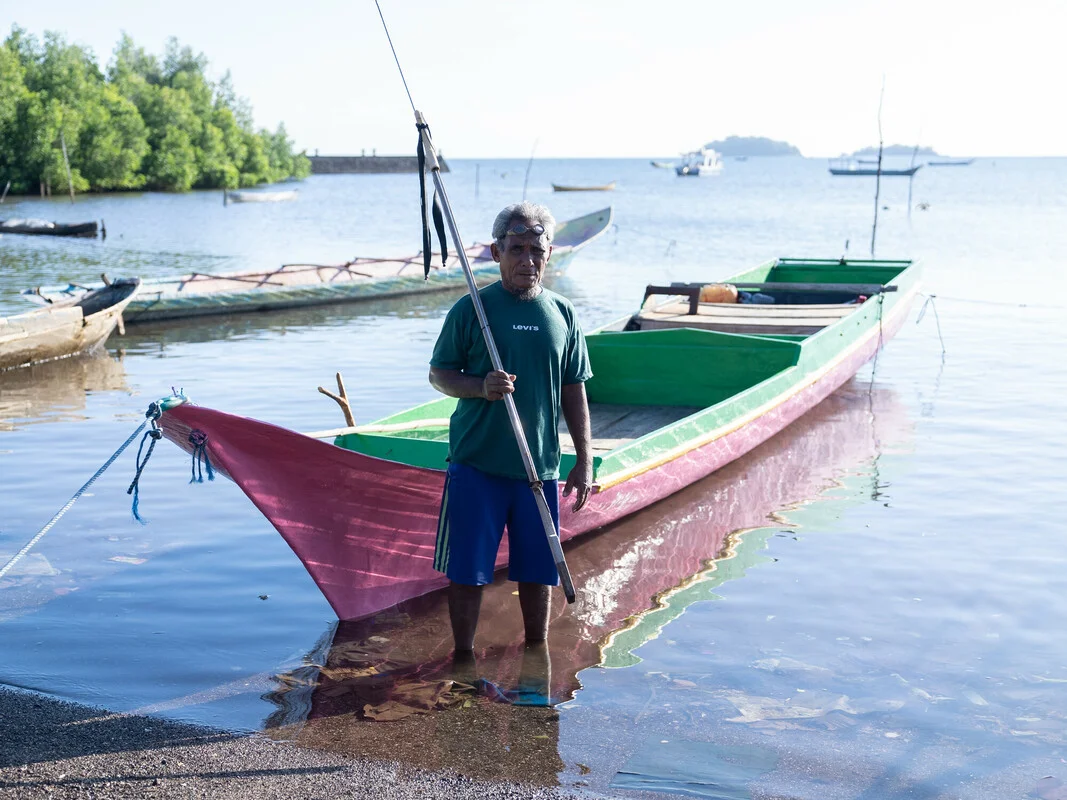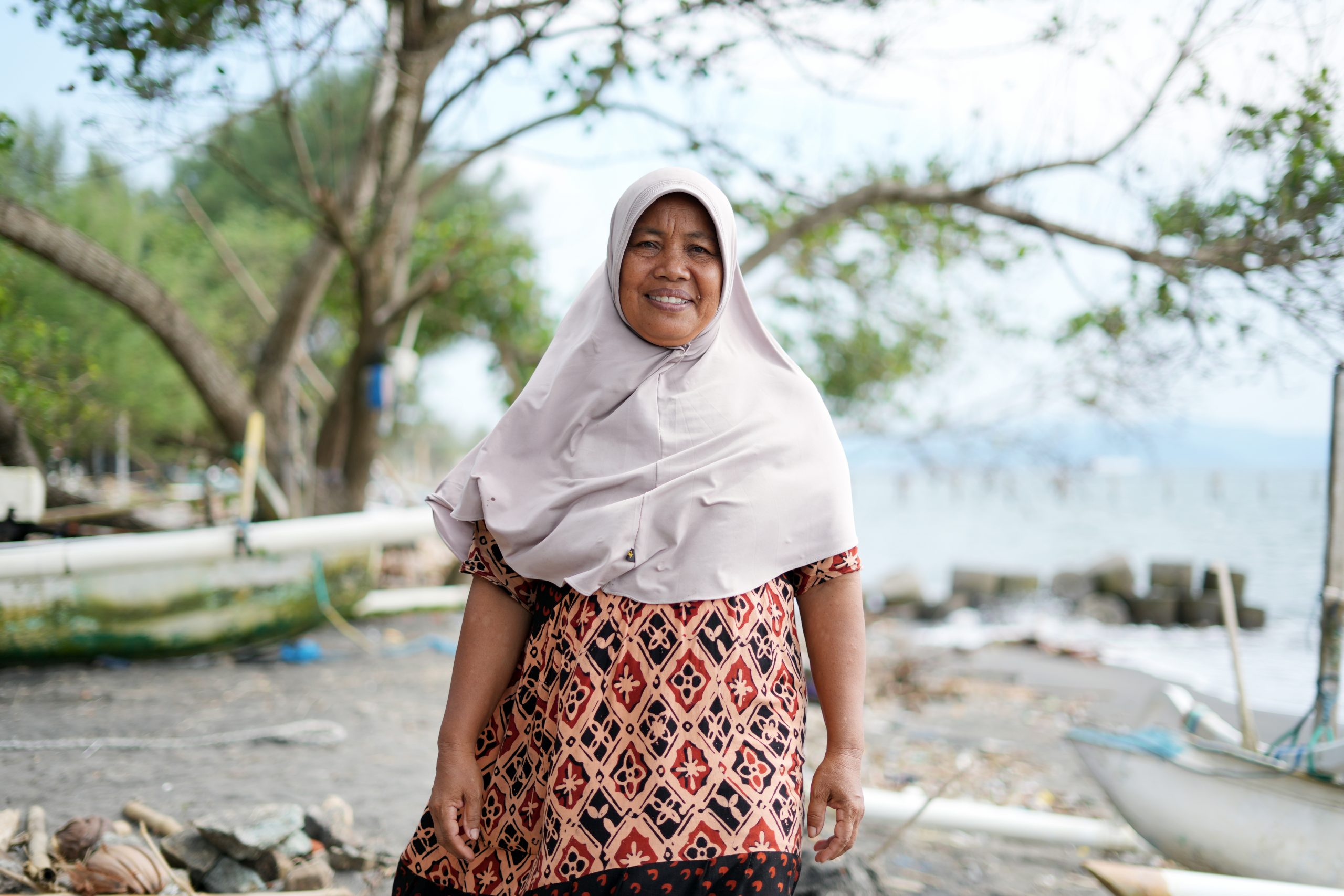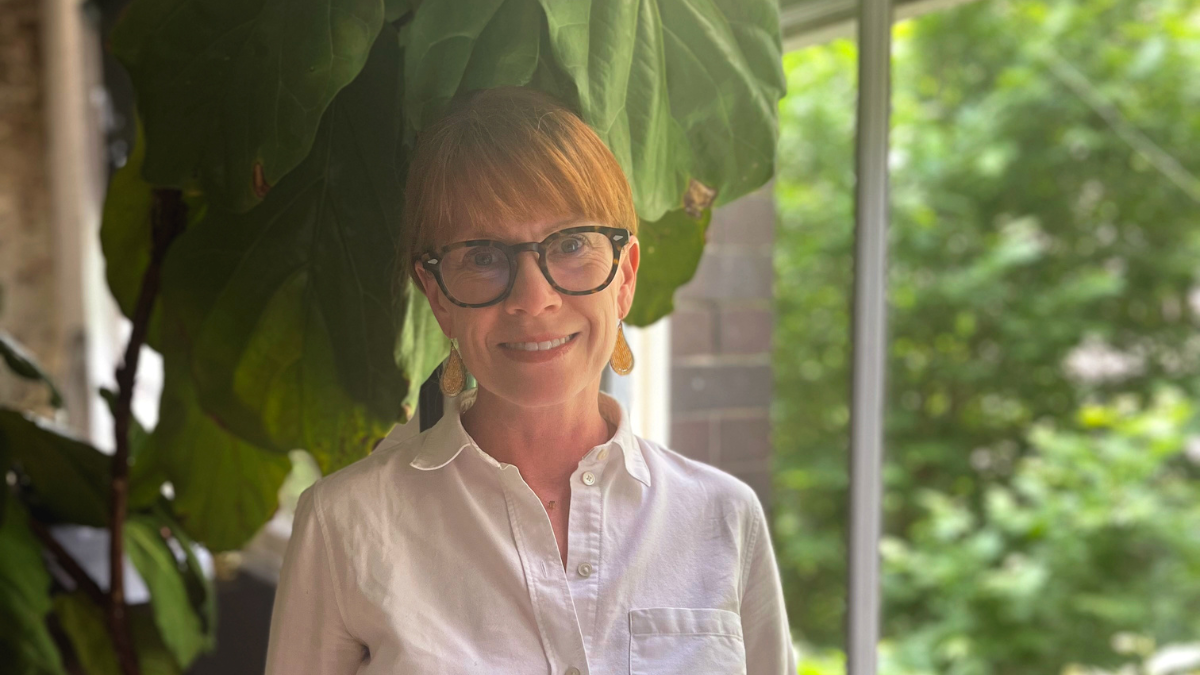In times of crisis, traditional aid distributions of food, shelter and other emergency supplies are not always the best or most efficient way to provide relief.
In many emergency contexts, it’s logistically easier, quicker and cheaper to distribute money, or cash transfers, to people in need. Taking this one step further, new blockchain technology has the potential to deliver emergency cash transfers in a faster, cheaper and more transparent fashion than ever before.
So this year, we partnered with Sempo and ConsenSys to trial a blockchain pilot program in Vanuatu, one of the world’s most disaster-prone nations. With funding support from the Australian Government through the Australian NGO Cooperation Program, this innovative program used blockchain-backed vouchers to deliver credit to up to 1,000 people in disaster-prone locations. Each voucher could be redeemed for goods at local stores.
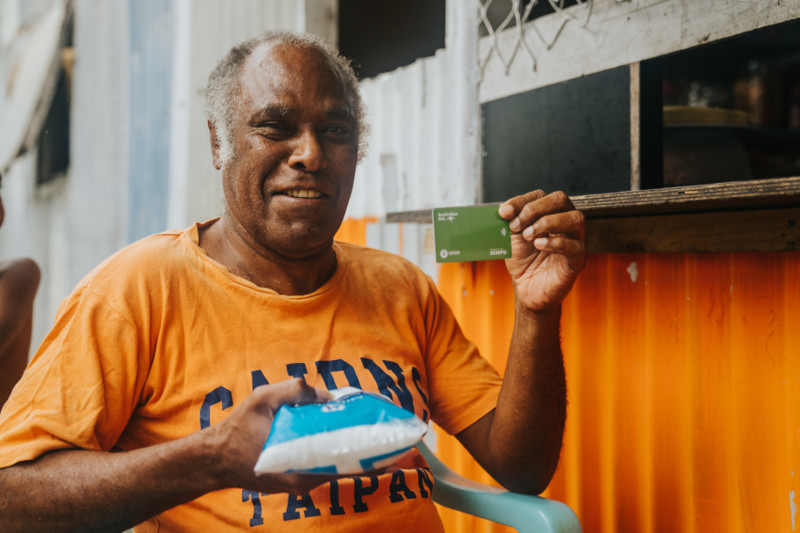
Oxfam is one of the first humanitarian organisations to use blockchain technology for cash transfer programming in the Pacific region. Oxfam’s Sandra Hart explains, “The pilot solution, in the cash transfer context, is a form of voucher, except in this case — because it is powered by blockchain — it is a smart voucher. So, using those smart vouchers is a quick and efficient payment system to allow people to accelerate their recovery by purchasing directly from local vendors that have been onboarded in their own community.”
“Once they start spending, we can see which vendors are accepting payments, what people are paying for, who is paying. From men to women, from elderly to youth, we are able to get an eye on how effective the assistance is, and who is involved and how inclusive the system is. For Oxfam, it gives us transparency and a window into aid effectiveness in real-time.”
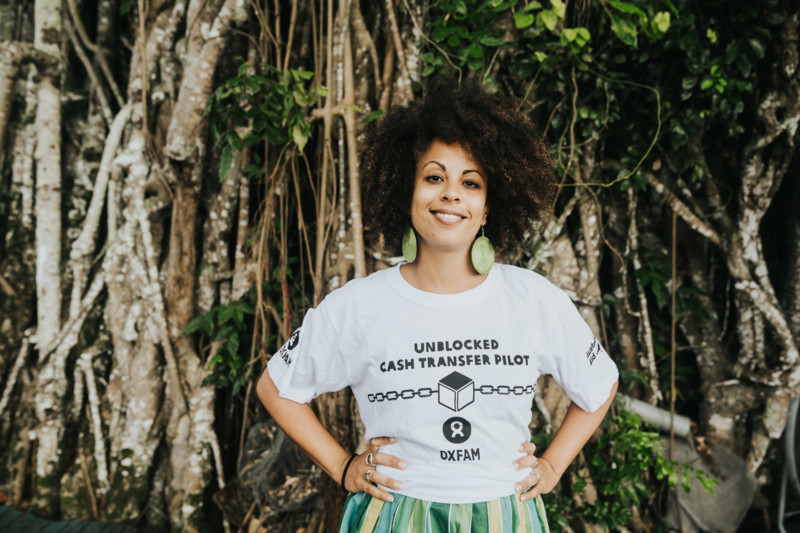
“Finally, for blockchain, I really do believe that it’s the future. Not just for disaster response, but also for making sure there is higher transparency around the flow of aid that goes to NGOs and to countries after a disaster. The fact that we’ve got information that is updated in real-time, that’s accessible to multiple stakeholders at once — from the donor, to the NGO, to the recipient, and to the vendor — we’ve got an entire ecosystem of transparency that will hopefully encourage people to give more and give in a timely fashion to help people affected by disasters.”
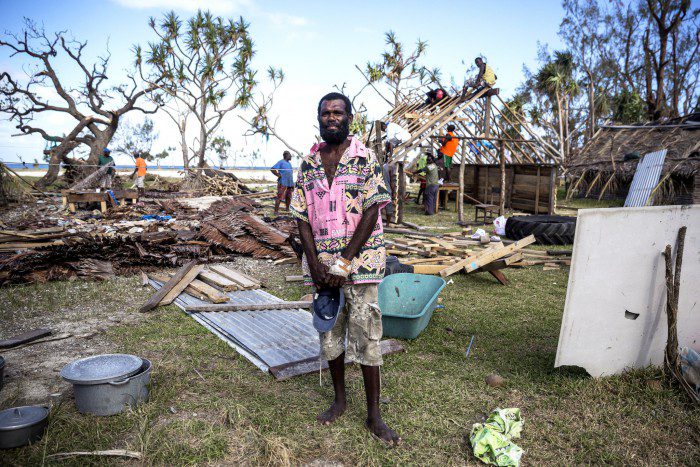
Donate Crypto
Every second counts in times of crisis. By donating crypto, you’ll ensure we can respond quickly with life-saving essentials when an emergency strikes.
